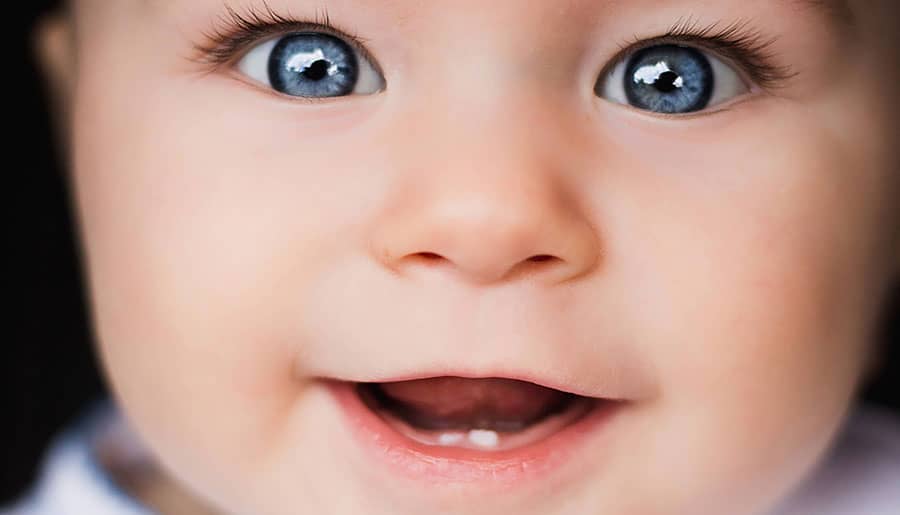Dental Articles - La Crete
Eight Tips For Making Teething Easier
Posted by Twilight Dental Centre - Dentist in La Crete, AB on Tue, 30 Jun 2020
Are you preparing your little one for the teething stage? Read this blog to learn different tips for making teething easier for your child.

Teething can be a stressful time for your infant, and for you. Forewarned is forearmed, though. To help you prepare for the teething stage of your little one’s life and to help you — parents and child — all to get through it, we’ll explain the signs that teething is underway, and offer some tips for making it easier for your child. If you become extremely concerned, reach out to a dental clinic in La Crete for additional support and resources.
How to know teething is beginning
The first tooth to arrive is often one of your child’s bottom incisors. The arrival of teething symptoms is not always coordinated with the arrival of teeth. Teething can be a slow process. Your child may show these symptoms for weeks or months before the first tooth appears:
- Extra fussiness
- Drooling more than usual to the extent of a drool rash around his or her mouth
- Irritability
- Chewing
- A low-grade fever of approximately 99F
How to help soothe a teething baby’s tender gums
Here are eight ways to soothe your child’s sore and tender gums as they go through teething.
Massage their gums
Gentle pressure on your child’s gums can help ease the pain. Use a clean finger to massage his or her gums gently. Your baby may relax and even fall asleep.
Use a cold cloth
Soak a clean cloth in water, then wring it out until it is merely damp. Cool the damp cloth down by putting it in the fridge or freezer. Fold the cool cloth and give it to your baby to chew on, while keeping an eye on him or her.
Chill their pacifier or teether
Clean one of your baby’s preferred pacifiers or solid teething toys, then place it in the refrigerator to cool down. For this option, avoid liquid-filled or gel-filled toys. Once the pacifier or teething toy has cooled down, give it back to your child.
Make a milk popsicle
Teething can be painful enough that a baby won’t eat. Combining the relief that she or he will receive from something cold with their need to eat may solve two problems at once. Use a BPA-free popsicle form to make popsicles using formula or breast milk. Sucking on that popsicle will give the baby some relief from teething pain, and some nourishment, too. Fair warning — this will be messy, so a bib or highchair may be in order for this approach.
Wipe away the drool
A teething baby will often soak through his or her clothing with drool. It’s normal. Constant drooling will irritate your baby’s face over time, in addition to the discomfort of teething in the first place. Try to wipe away the drool as often and completely as possible to prevent a rash from developing.
Frozen fruit
If your child has graduated to solid food, freezing some fruit like mashed bananas for the baby to suck on will provide some nourishment and relief from teething pain.
Cuddling helps
Sometimes close physical contact helps a baby get through the pain of teething. You can do this in whatever way your baby finds most comfortable — in a sling on your body, in a rocking chair, whatever works.
Pain medications
Adults with gum pain will use gels and substances containing lidocaine or benzocaine that produce a freezing effect. Those are not suitable for children. If the strategies suggested here have not been successful and your child continues to struggle with teething pain, ask your pediatrician or pediatric dentist in La Crete for advice about over-the-counter pain medications to help ease the pain and encourage sleep.
It’s recommended that babies make their first dentist’s visit as soon as their first tooth arrives, but no later than their first birthday. Your pediatric dentist in La Crete will offer strategies and advice to help with teething and set your child on a path toward a lifetime of good oral health.
pediatric dentistry
DIRECTIONS
